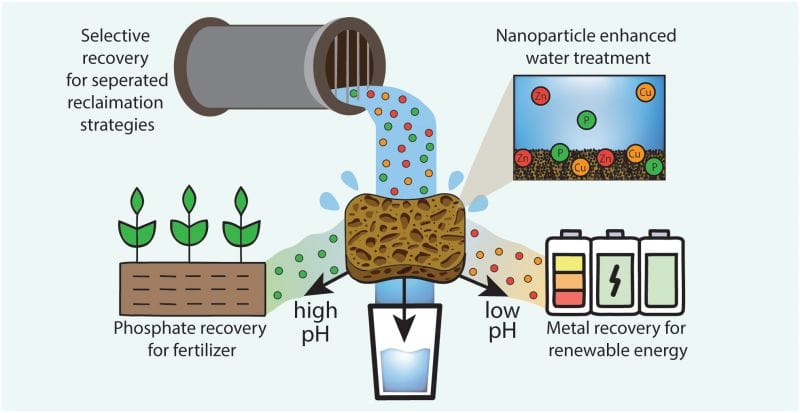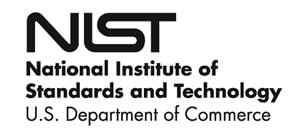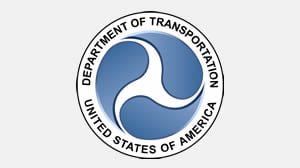RSS feed source: National Science Foundation
Funded by multiple grants from the U.S. National Science Foundation, researchers created a functional sponge that can soak up certain pollutants from water and then release them on demand, presenting a reusable and low-cost solution for cleaning storm runoff while simultaneously recovering valuable metals like zinc and copper, as well as phosphate.
Using surface iron oxide nanoparticles specialized for capturing specific contaminants, the sponge collects the minerals and then discharges them only when triggered by changes in pH, and it can be used multiple times. The findings were achieved by researchers at Northwestern University and published in the American Chemical Society’s journal Environmental Science and Technology Water.
“The technology can be used as a universal sorbent or ‘catch-all,’ or it can be tailored to certain groups of contaminants like metals, plastics or nutrients,” says Vinayak Dravid, a research author and Northwestern professor of materials science and engineering. In previous iterations, the sponge material has successfully pulled lead, microplastics and oil from water.
Industrial manufacturing and agriculture, in particular, experience mineral and fertilizer loss due to runoff, leaving valuable nonrenewable resources as pollutants in bodies of water. Those resources include heavy metals like zinc and copper and also phosphate.
RSS feed source: National Science Foundation
U.S. National Science Foundation-supported research shows that fires in populated areas are three times more likely to lead to premature deaths than wildfires overall, informing fire mitigation efforts.
Scientists at the NSF National Center for Atmospheric Research (NSF NCAR) led the study, published in Science Advances, which found that smoke from fires that blaze through the wildland-urban interface (WUI) has far greater health impacts than smoke from wildfires in remote areas.
“This research will support the development of advanced fire prevention strategies, improve building codes and lead to effective emergency response plans,” said Bernard Grant, a program director in the NSF Directorate for Geosciences. “It will help protect lives and homes, safeguard natural ecosystems and reduce the economic burden of wildfire disasters,”
The researchers used an advanced NSF NCAR-based computer model, the Multi-Scale Infrastructure for Chemistry and Aerosols, to simulate pollutants from fires. Their modeling included carbon monoxide chemical tracers, which allowed them to estimate emission sources and differentiate between wildland and WUI fires.
“The health impacts are proportionately large because they’re close to human populations,” said NSF NCAR scientist Wenfu Tang, the report’s lead author. “Pollutants emitted by WUI fires, such as particulate matter and the precursors to ozone, are more harmful because they’re not dispersing across hundreds or thousands of miles.”
Click this link to continue reading the article on the source website.
RSS feed source: National Science Foundation
The ESCAPE report redefines how to save lives in the face of fast-moving wildfires.
Click this link to continue reading the article on the source website.
RSS feed source: National Science Foundation
Some international destinations have circulating poliovirus. Before any international travel, make sure you are up to date on your polio vaccines. Country List : Afghanistan, Algeria, Benin, Cameroon, Chad, Côte d’Ivoire (Ivory Coast), Democratic Republic of the Congo, Mozambique, Niger, Nigeria, Pakistan, Somalia, Yemen, Indonesia, Sudan, Mali, Kenya, Guinea, Egypt, Zimbabwe, Angola, Liberia, Senegal, Sierra Leone, Ethiopia, The Gambia, Republic of South Sudan, Uganda, French Guiana (France), Djibouti, Equatorial Guinea, Ghana, Spain, Israel, including the West Bank and Gaza, Finland, Germany, Poland, United Kingdom, including England, Scotland, Wales, and Northern Ireland
Click this link to continue reading the article on the source website.



